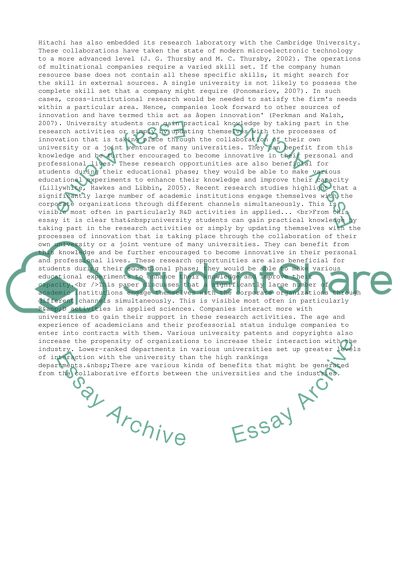Cite this document
(“International Management of Knowledge and Technology Essay”, n.d.)
Retrieved from https://studentshare.org/management/1489713-internationalp-management-of-knowledge-and-technology
Retrieved from https://studentshare.org/management/1489713-internationalp-management-of-knowledge-and-technology
(International Management of Knowledge and Technology Essay)
https://studentshare.org/management/1489713-internationalp-management-of-knowledge-and-technology.
https://studentshare.org/management/1489713-internationalp-management-of-knowledge-and-technology.
“International Management of Knowledge and Technology Essay”, n.d. https://studentshare.org/management/1489713-internationalp-management-of-knowledge-and-technology.


